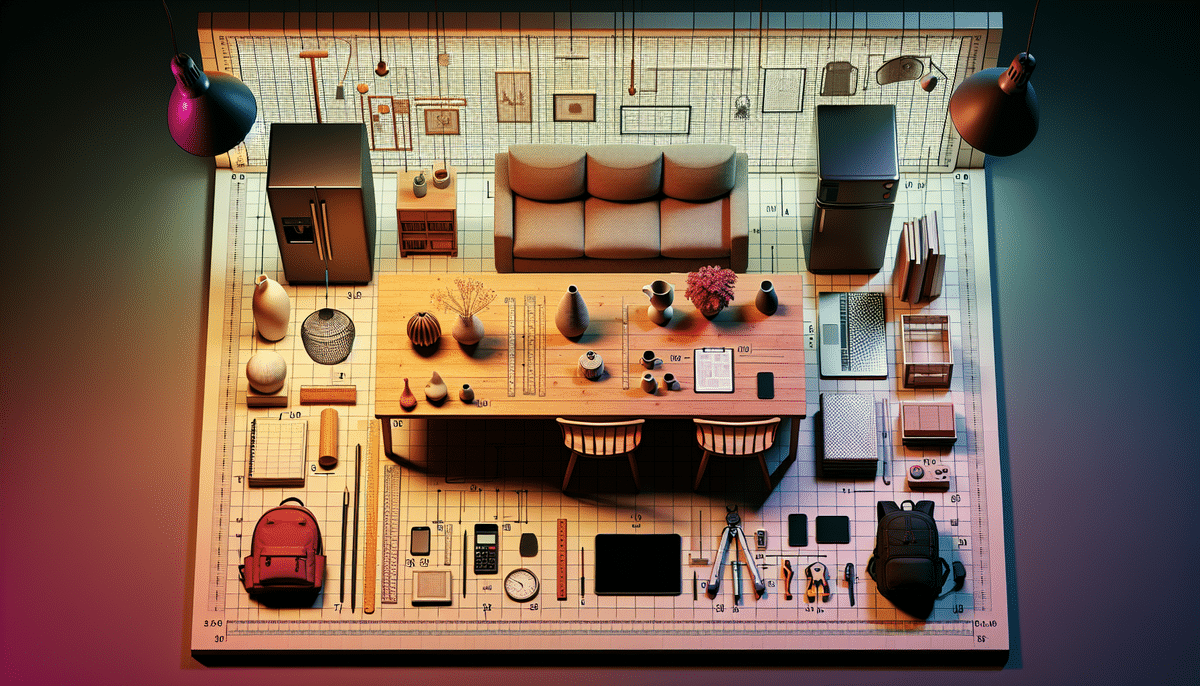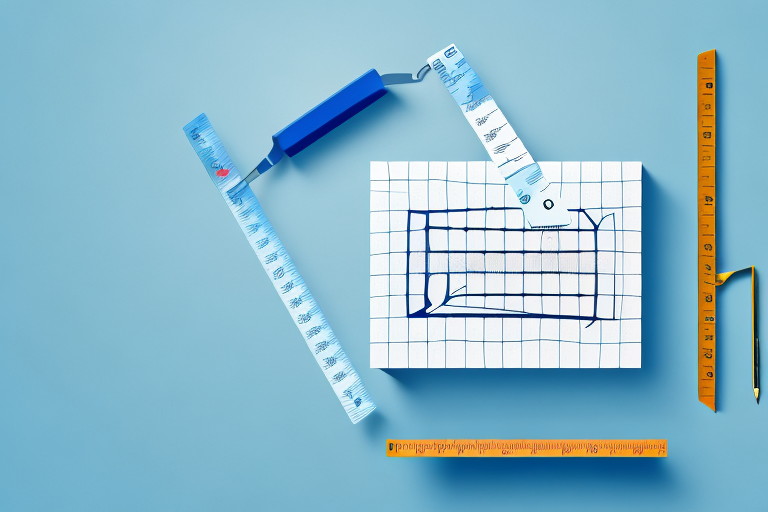Understanding and Accurately Measuring Product Dimensions
When shopping for new products, whether it’s furniture, electronics, or appliances, understanding how to read and measure product dimensions is essential. Accurate product dimensions ensure that the items you purchase not only fit perfectly in your space but also meet your specific needs. This comprehensive guide covers everything you need to know about reading product dimensions, from essential terminology to advanced measurement techniques. Let’s dive in!
Why Accurate Product Dimensions Matter
Accurate product dimensions are critical for both consumers and businesses. For consumers, precise measurements prevent the frustration and expense of purchasing items that don't fit as intended. For example, buying a couch that turns out to be too large can disrupt the layout of your living room and lead to unnecessary returns.
For businesses, especially those selling products online, providing accurate dimensions builds customer trust and reduces return rates. According to a Statista report, the global online return rate hovers around 20%, with a significant portion attributed to sizing and dimension issues. Ensuring that product dimensions are clear and accurate helps mitigate these challenges and enhances overall customer satisfaction.
Understanding Product Dimension Terminology
Basic Dimensions: Length, Width, and Height
Product dimensions typically include length, width, and height. Length measures the distance from one end of the product to the other, width measures from side to side, and height measures from the base to the top.
Additional Dimensions: Depth and Weight
Some products also include depth, which measures from the front to the back, and weight, which is the mass of the product. For instance, a bookshelf might list its depth to indicate how far it extends from the wall, while a refrigerator’s weight is crucial for shipping and installation considerations.
Inner vs. Outer Dimensions
Inner dimensions refer to the measurements inside a product, such as the interior of a cabinet, while outer dimensions measure the product as a whole. Understanding both is important for ensuring that items like shelves or furniture will fit in the desired space.
How to Measure Product Dimensions
Measuring Length, Width, and Height
Most product dimensions are listed in inches or centimeters. For example, a table might have dimensions of 60" x 30" x 40", indicating its length, width, and height respectively. To measure accurately:
- Use a reliable measuring tape or ruler.
- Measure from the longest and widest points of the product.
- Ensure the product is on a flat, stable surface to avoid inaccuracies.
Tips for Measuring Irregularly-Shaped Products
Irregularly-shaped products require more careful measurement:
- Break Down Complex Shapes: Divide the product into simpler geometric shapes and measure each part separately before adding them together.
- Use Tools: Tools like calipers or laser measuring devices can provide more precise measurements for complex items.
- Consult Manufacturer Resources: Refer to product manuals or manufacturer guidelines for specific measurement instructions.
Considering Product Weight and Volume
Weight and volume are crucial for determining shipping costs, ease of handling, and storage requirements. For instance, heavier items may incur higher shipping fees, while larger volumes may require more storage space. Tools like volume calculators can help estimate the space required for a product.
Common Measurement Mistakes and How to Avoid Them
Incorrect Measurement Points
One common mistake is measuring from the wrong points. Always measure from the outermost edges to ensure accuracy.
Neglecting Protrusions and Curves
Overlooking parts of the product that stick out or have curves can lead to inaccurate dimensions. Make sure to account for all features of the product.
Using Inaccurate Tools
Using non-calibrated or inappropriate measuring tools can result in errors. Invest in quality tools like digital calipers or laser measures for precise measurements.
Tools and Technology for Accurate Measurements
Essential Measuring Tools
- Measuring Tape: Ideal for general measurements of length, width, and height.
- Digital Calipers: Perfect for precise measurements of smaller dimensions.
- Laser Measure: Useful for quickly measuring large distances with high accuracy.
Advanced Measurement Technology
Modern technology has introduced tools that simplify the measurement process:
- Augmented Reality (AR) Apps: Apps like Bosch MeasureOn use AR to visualize product dimensions in your space.
- 3D Scanners: These devices create detailed 3D models of products, providing comprehensive dimensional data.
Recording and Sharing Product Dimensions
Documenting Measurements
Keeping a record of product dimensions is essential for future reference. Use spreadsheets or specialized software to log measurements, including lengths, widths, heights, and weights.
Sharing Dimensions with Others
When sharing product dimensions:
- Be clear and concise, listing all relevant measurements.
- Specify the units of measurement used (e.g., inches, centimeters).
- Include visual aids like diagrams or images to enhance understanding.
Comparing Products Using Dimensions
Dimensions are key when comparing similar products. By analyzing the size and weight of each item, you can determine which product best fits your space and meets your needs. Additionally, comparing dimensions helps assess the value and functionality of each product.
Frequently Asked Questions (FAQ) About Product Dimensions
What is the most important dimension to consider?
Answer: All dimensions are important, but the height is often crucial for furniture and appliances to ensure they fit in designated spaces.
Why do some products have multiple dimensions listed?
Answer: Multiple dimensions can indicate different configurations, adjustable parts, or provide a comprehensive understanding of the product's size.
Can product dimensions be misleading?
Answer: Yes, inaccurate or unclear dimensions can mislead consumers. Always double-check measurements and refer to reputable sources before making a purchase.
Conclusion
Understanding how to read and measure product dimensions is essential for making informed purchasing decisions. By following the tips and best practices outlined in this guide, you can ensure that the products you buy will fit seamlessly into your space and meet your requirements. Accurate measurements save time, money, and frustration, enhancing your overall shopping experience.




















